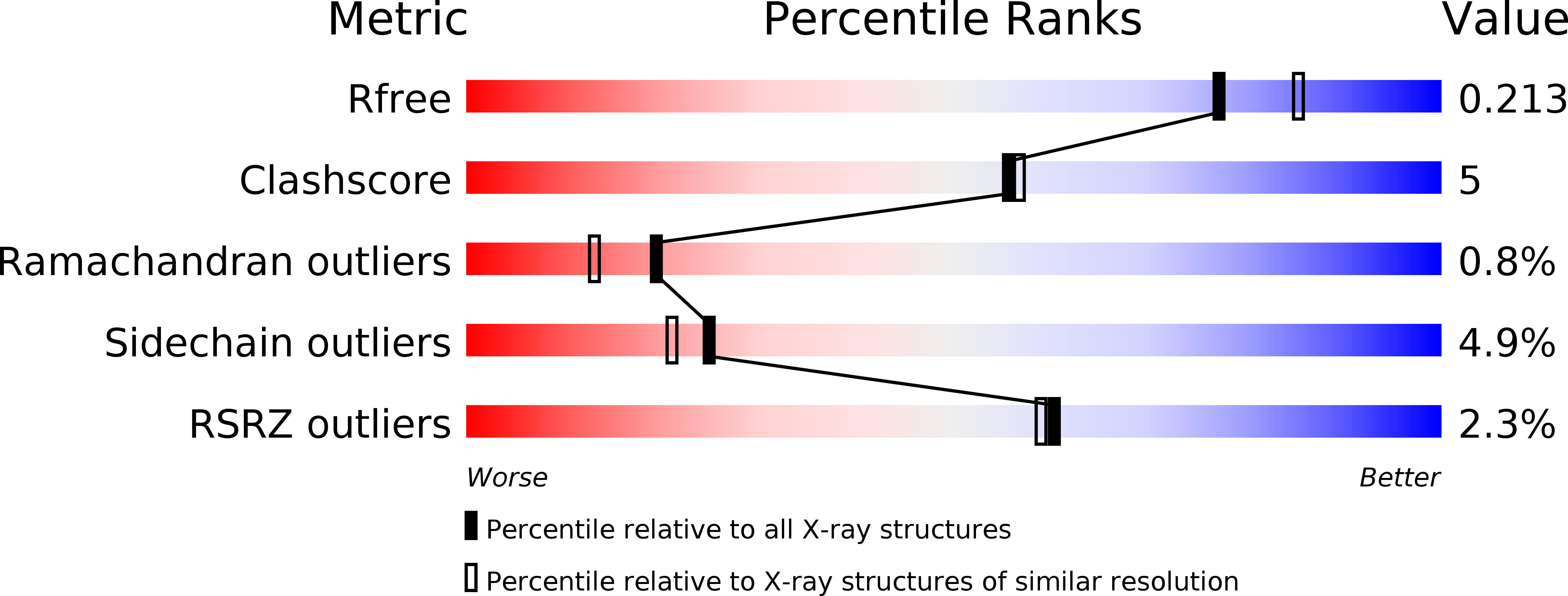
Deposition Date
2004-10-13
Release Date
2005-05-31
Last Version Date
2024-03-13
Entry Detail
PDB ID:
1WRA
Keywords:
Title:
Crystal Structure of Phosphorylcholine Esterase Domain of the Virulence Factor Choline Binding Protein E from Streptococcus Pneumoniae
Biological Source:
Source Organism:
Streptococcus pneumoniae R6 (Taxon ID: 171101)
Host Organism:
Method Details:
Experimental Method:
Resolution:
2.00 Å
R-Value Free:
0.20
R-Value Work:
0.17
R-Value Observed:
0.17
Space Group:
P 41 21 2


